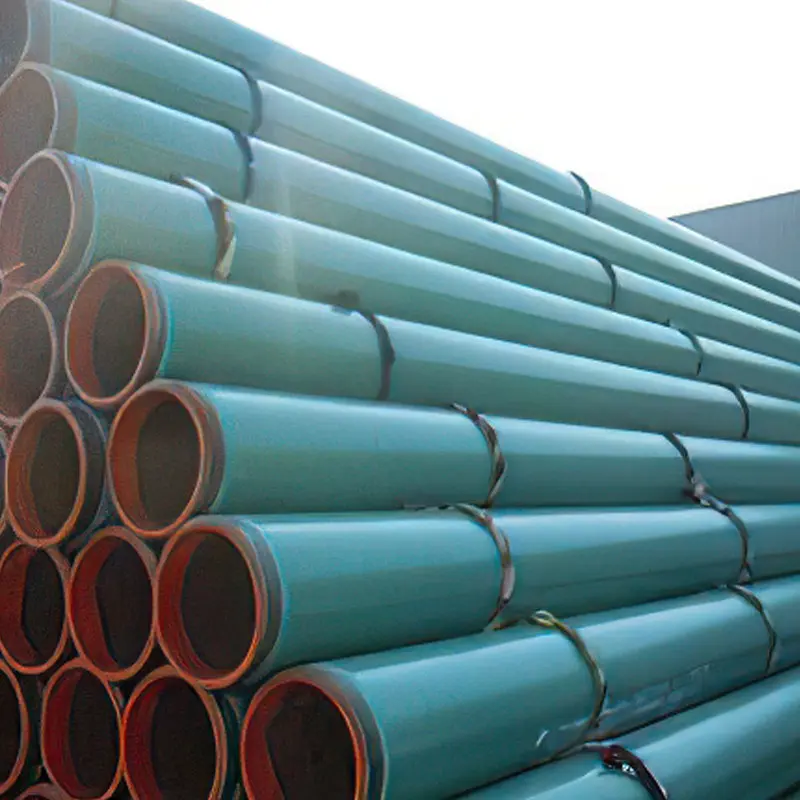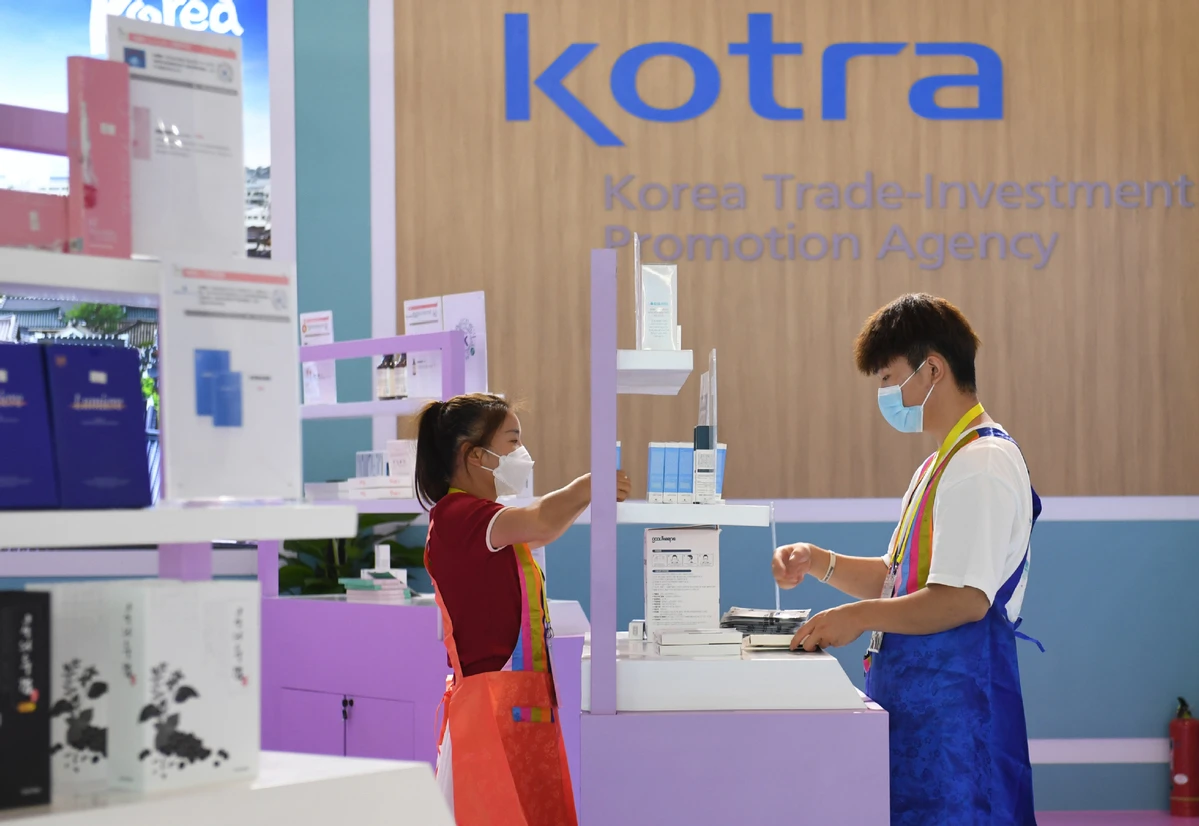

The expertise of metallurgists often guides decisions in industries relying on A106 pipes. These experts prioritize factors such as the creep resistance, tensile strength, and elongation properties of the steel, all of which A106 outperform A53 in high-pressure scenarios. Shared knowledge from seasoned professionals can provide crucial insights into these properties, ensuring that stakeholders are well-informed and that the best-quality materials are used. The technical authority behind ASTM specifications assures industry players globally of their reliability. The expert committees and rigorous testing provide reassurance that pipes produced under these standards will meet performance expectations. Having access to such standards and the experience of using them in real-time applications gives organizations a strategic edge, not only in implementation but in the maintenance and inspection phases. This is why both A53 and A106 continue to dominate the landscape of industrial piping. Trustworthiness in material choice is validated through rigorous testing and industry feedback. A53 is often chosen for its cost-effectiveness in non-critical applications, providing a trustworthy solution where its performance limits will suffice. Meanwhile, the adoption of A106 in critical infrastructure projects reflects its supreme reliability where safety and durability cannot be compromised. Experience shared through industry case studies often highlight successful deployments, augmenting the trust in these materials. In conclusion, the decision between ASTM A53 and A106 is not merely a choice between two products but a strategic decision with operational implications. Industry expertise can guide organizations in selecting the appropriate grade, based on their specific use case requirements. Understanding the nuances of each standard contributes to better planning, execution, and risk management in large-scale projects. Therefore, the professional handling of such materials justifies the investment in high-quality, standardized piping — an indispensable asset in industrial success.
Post time: Jan . 28, 2025 00:33
Prev:

















